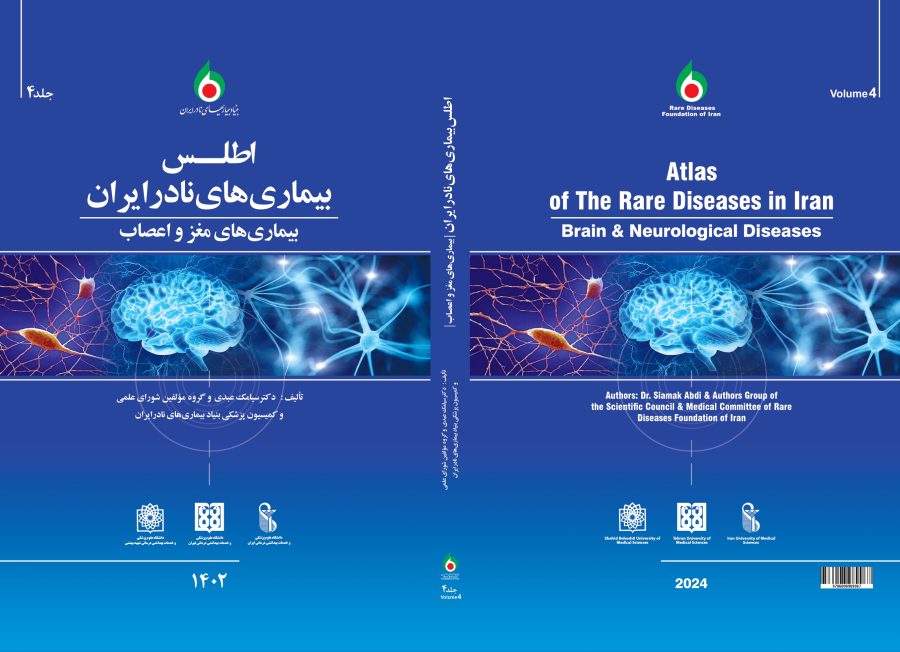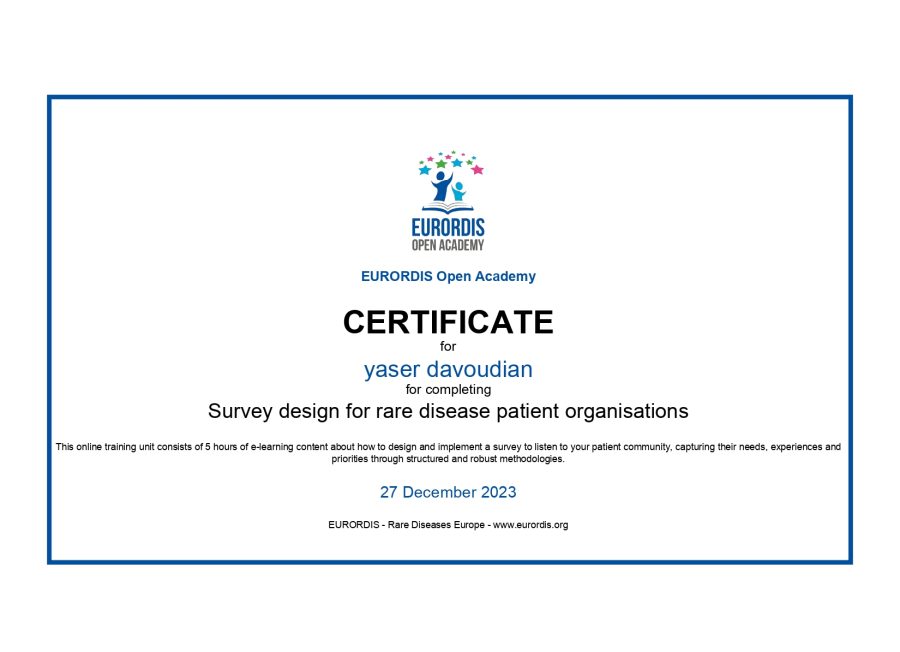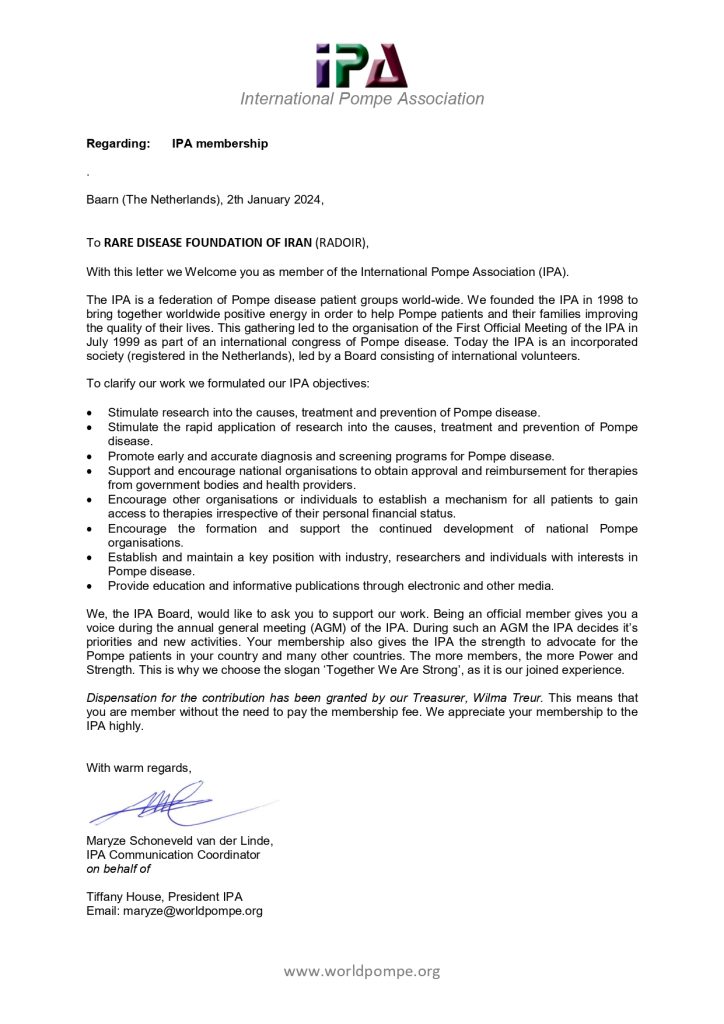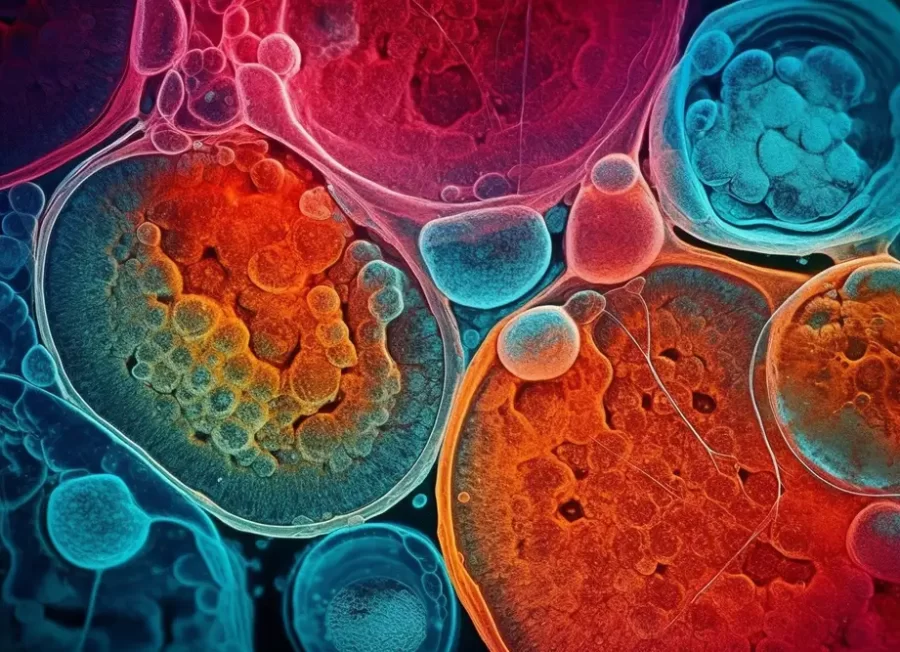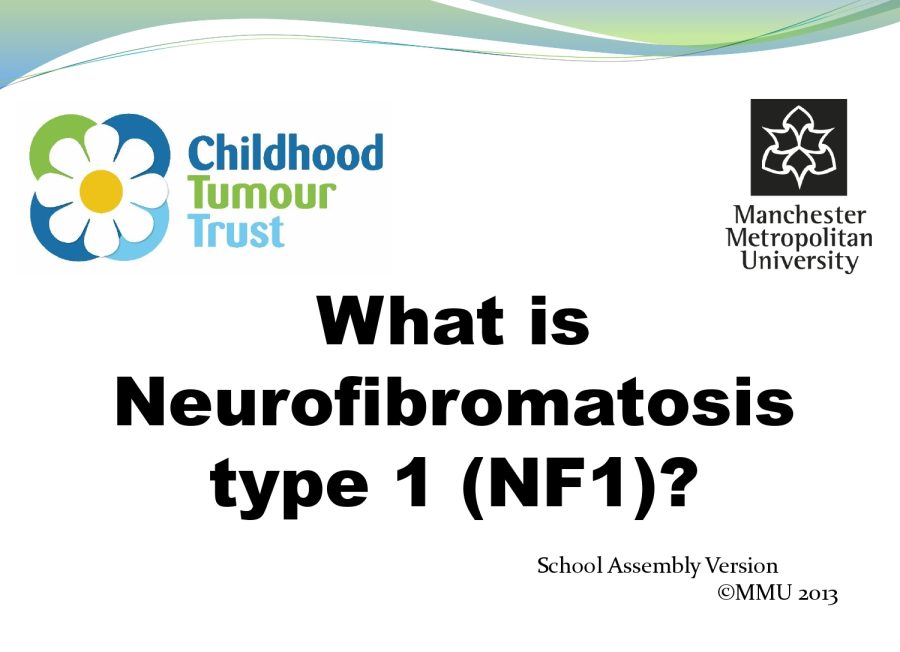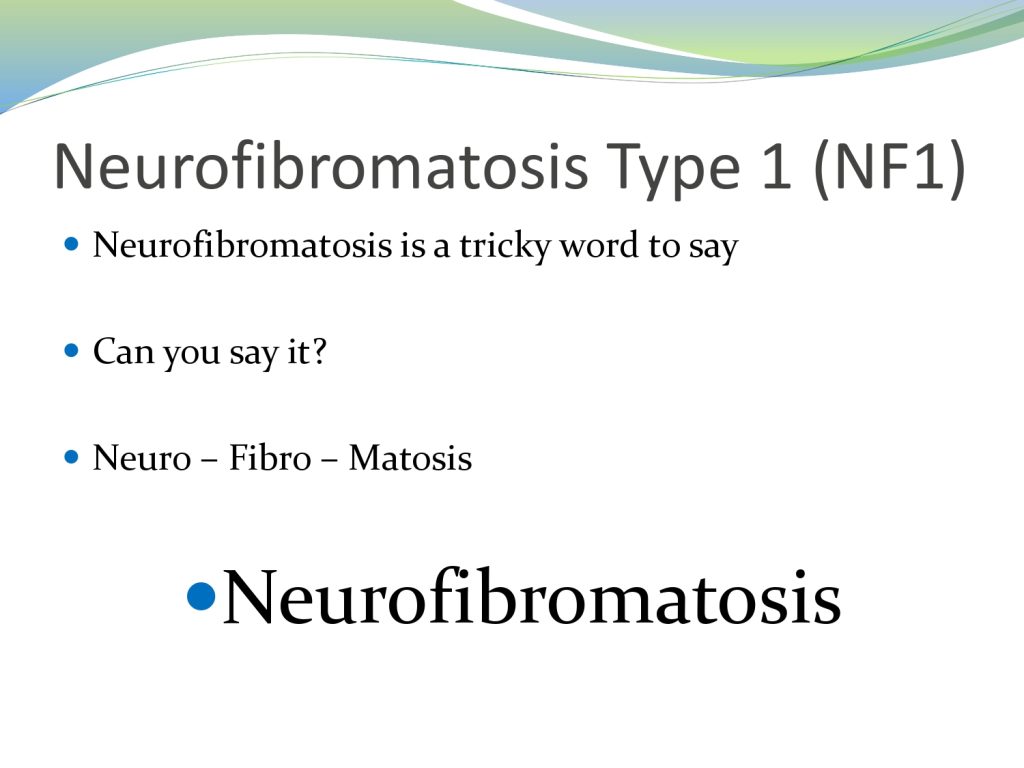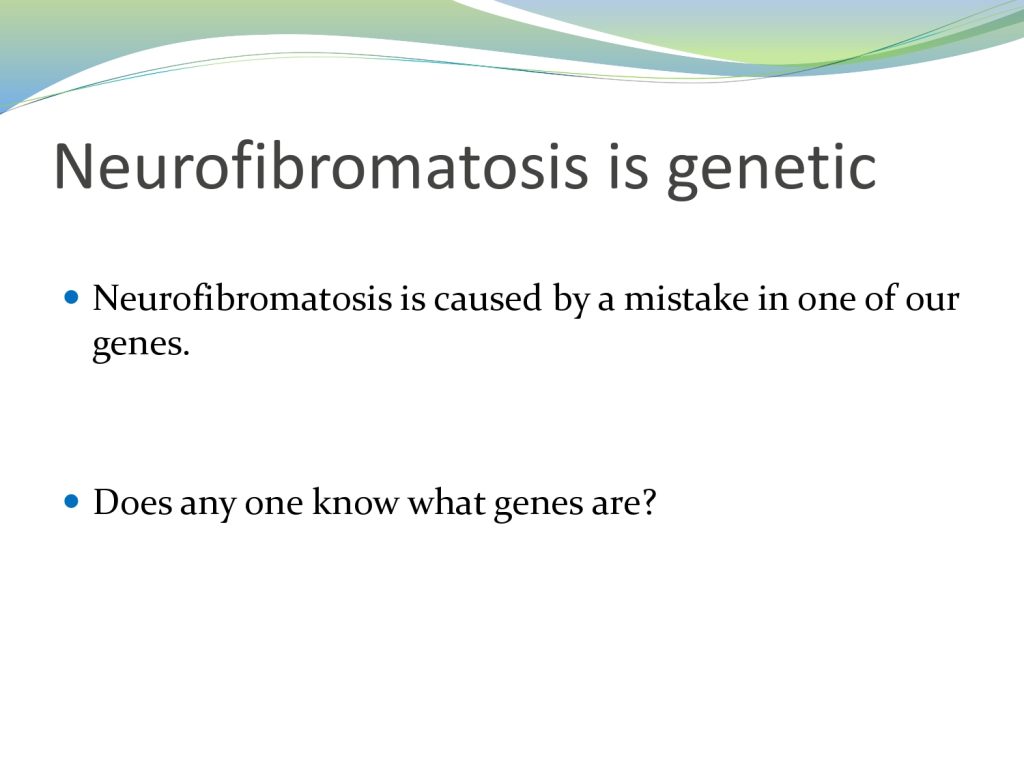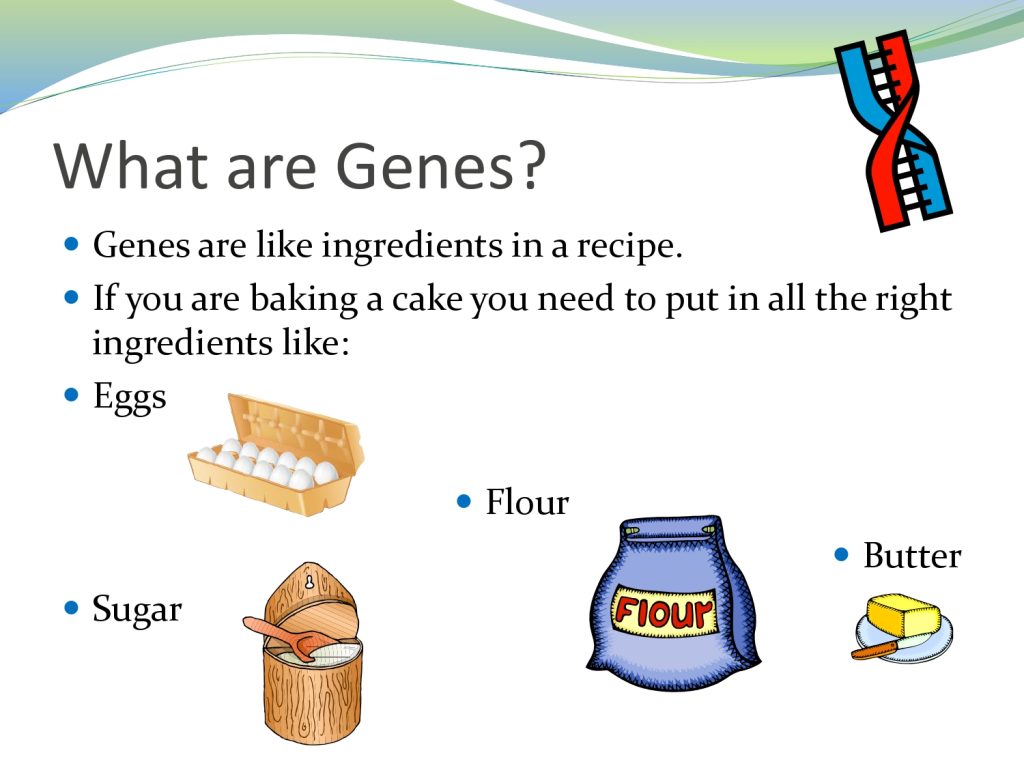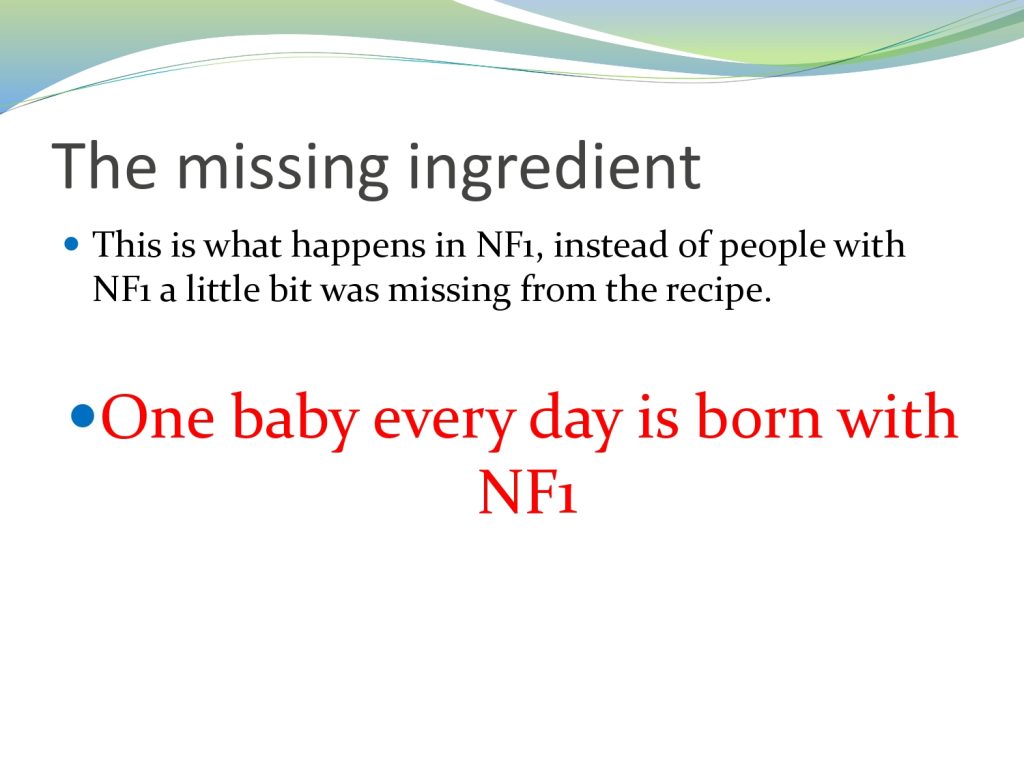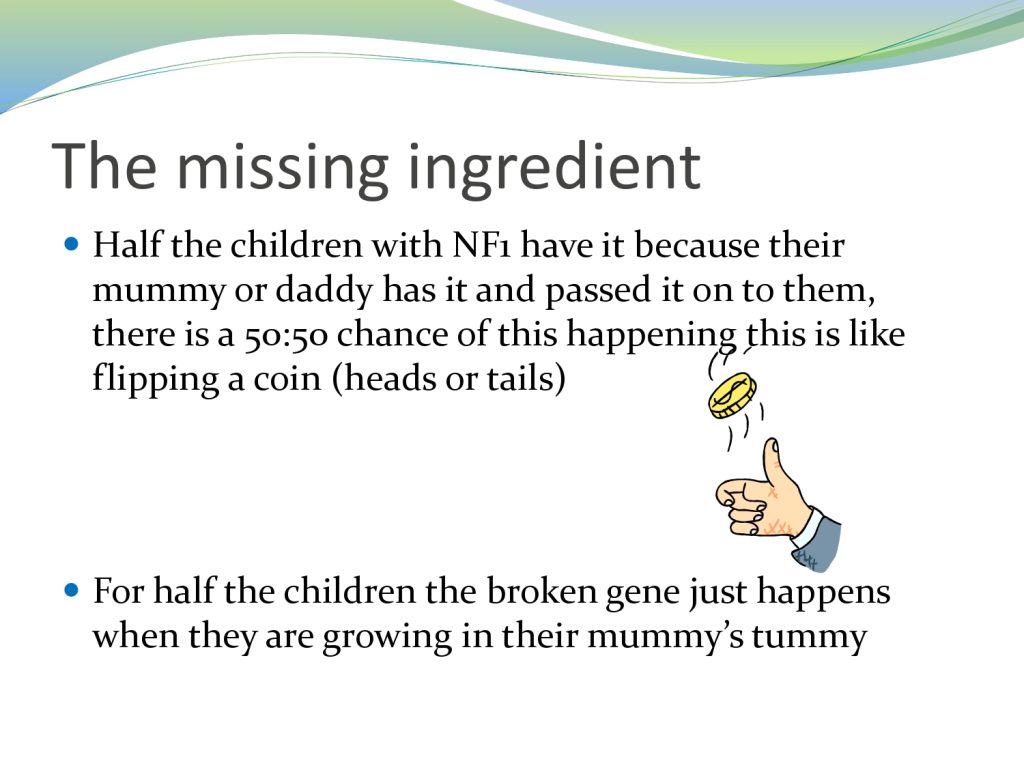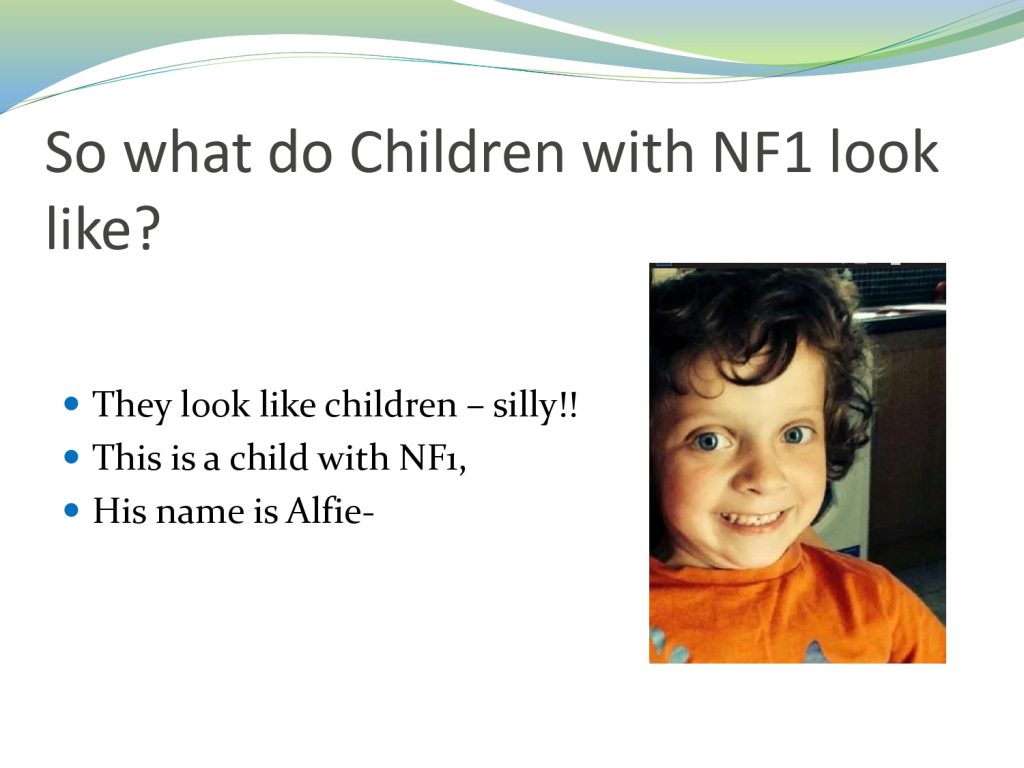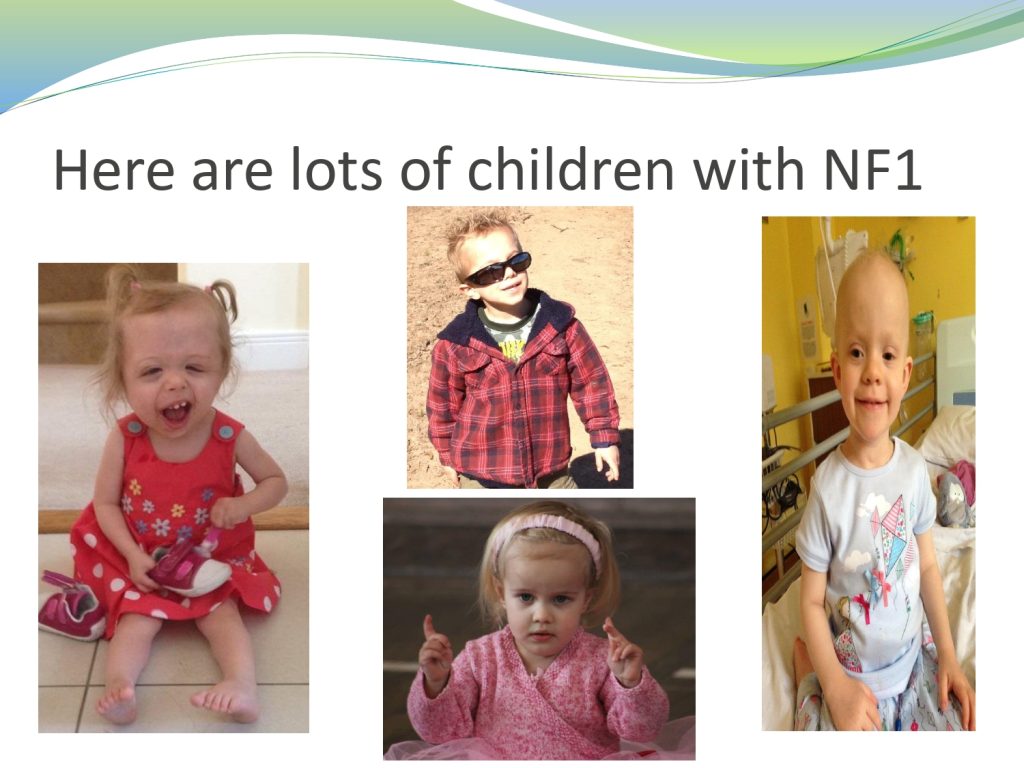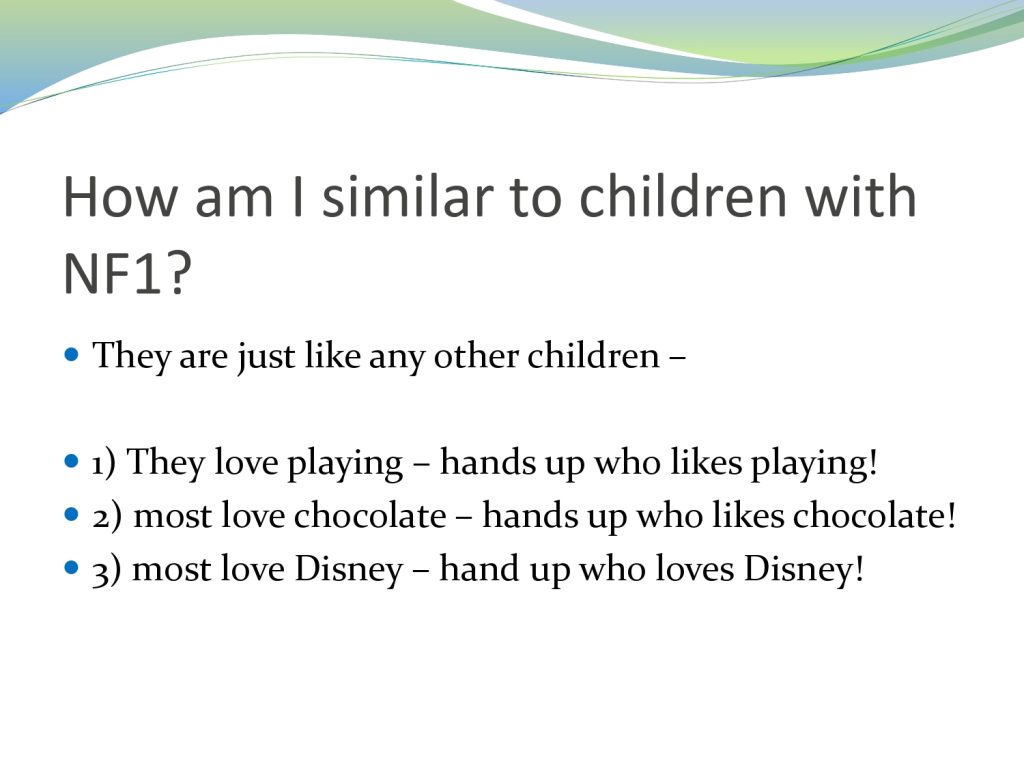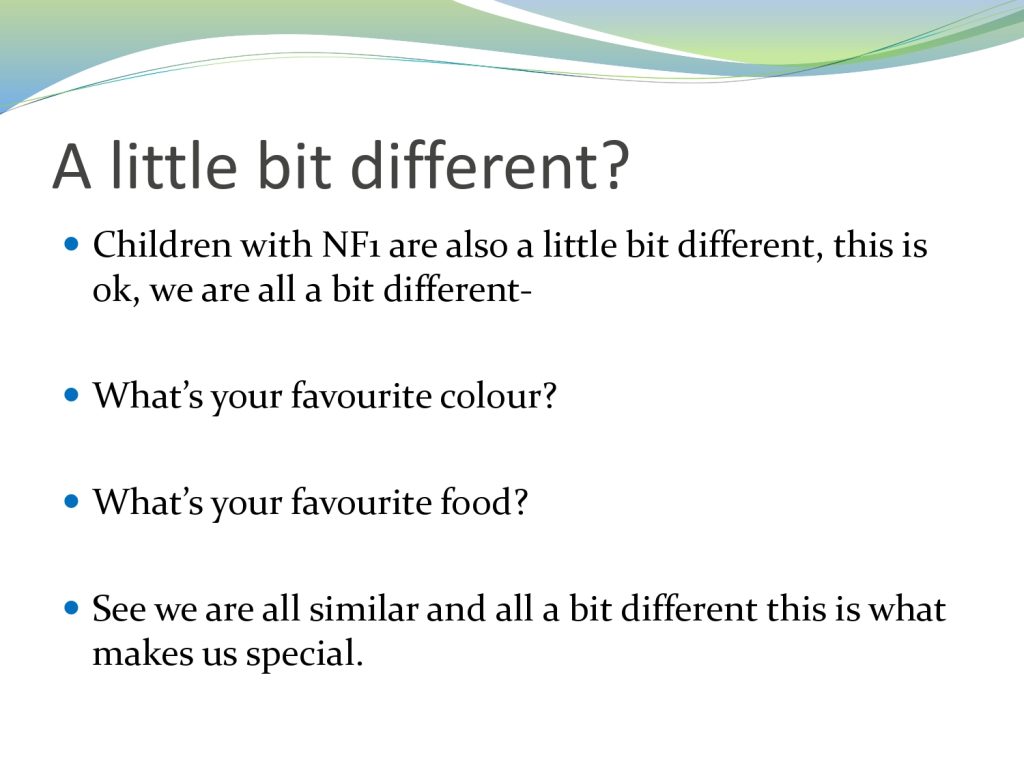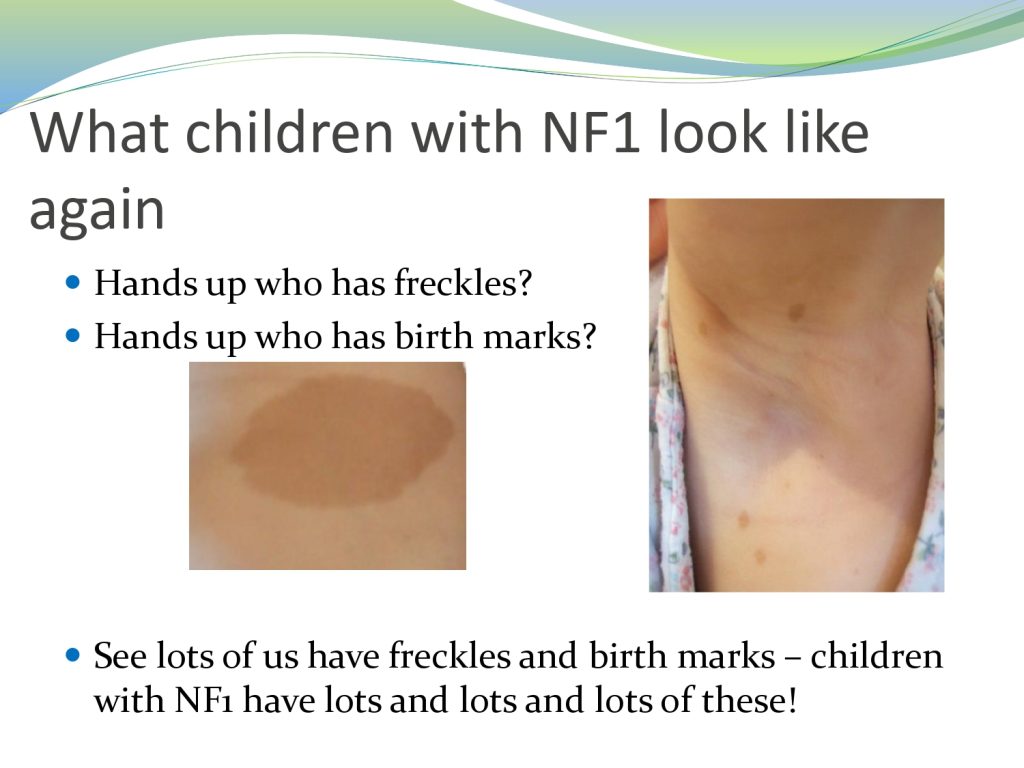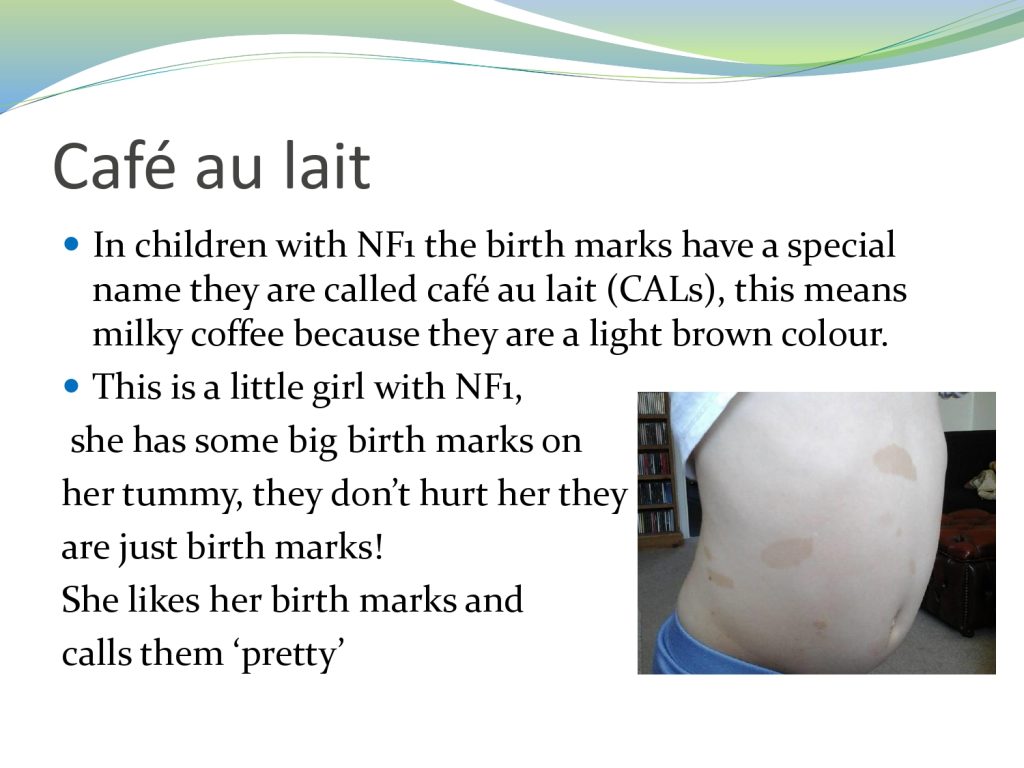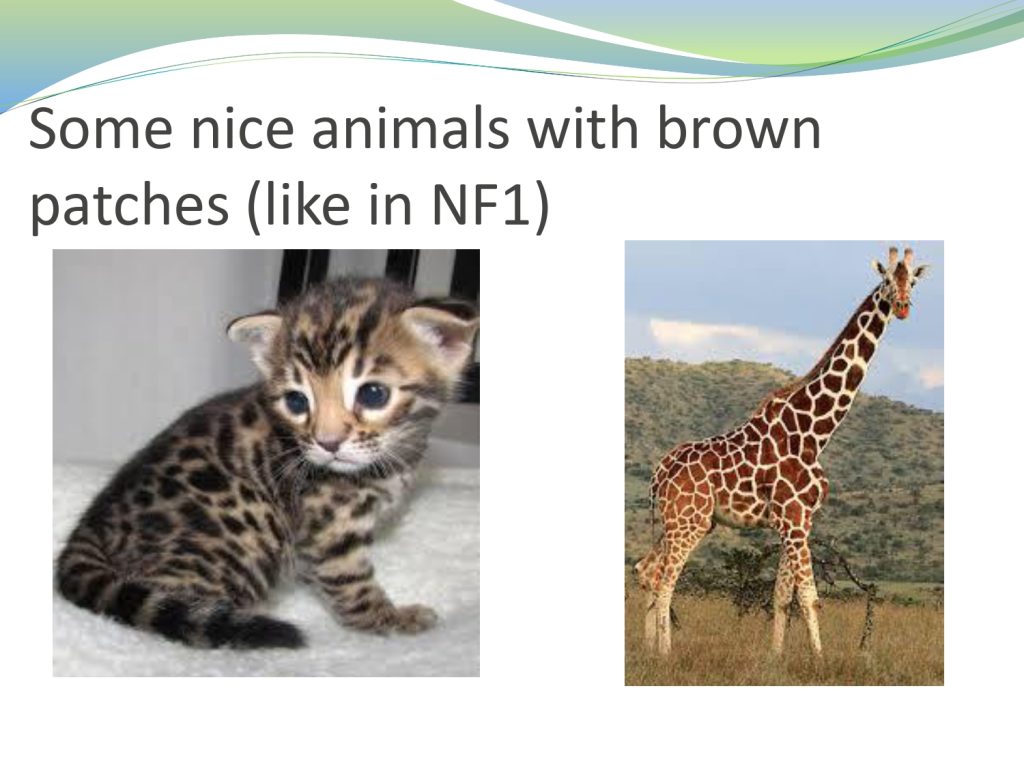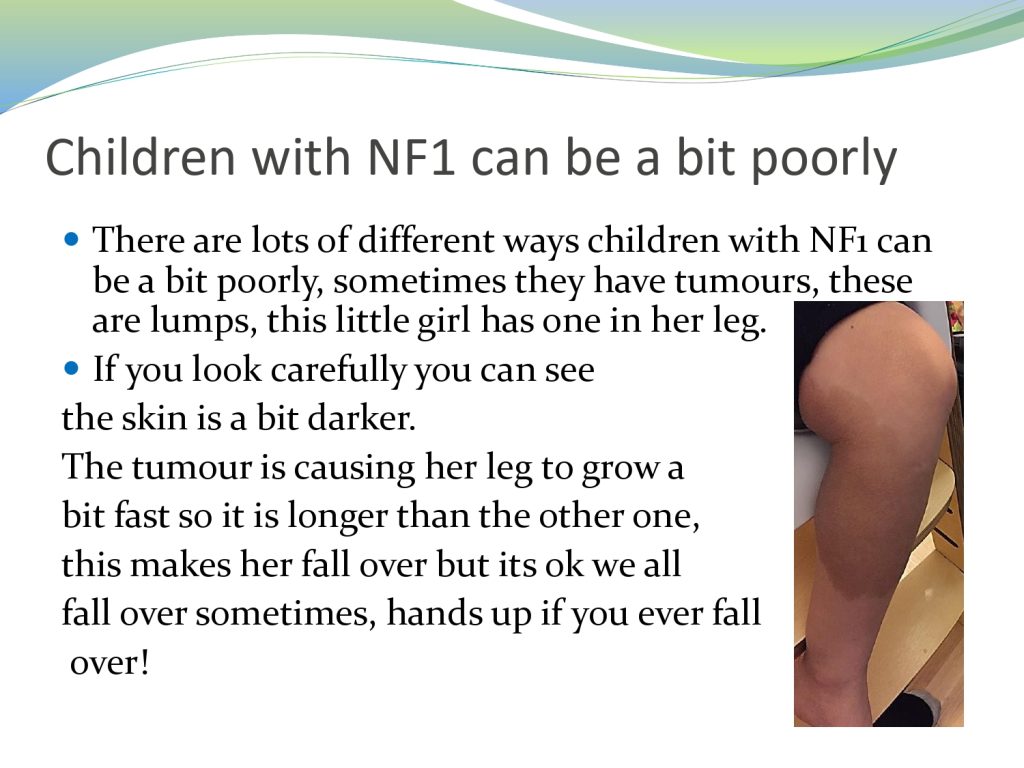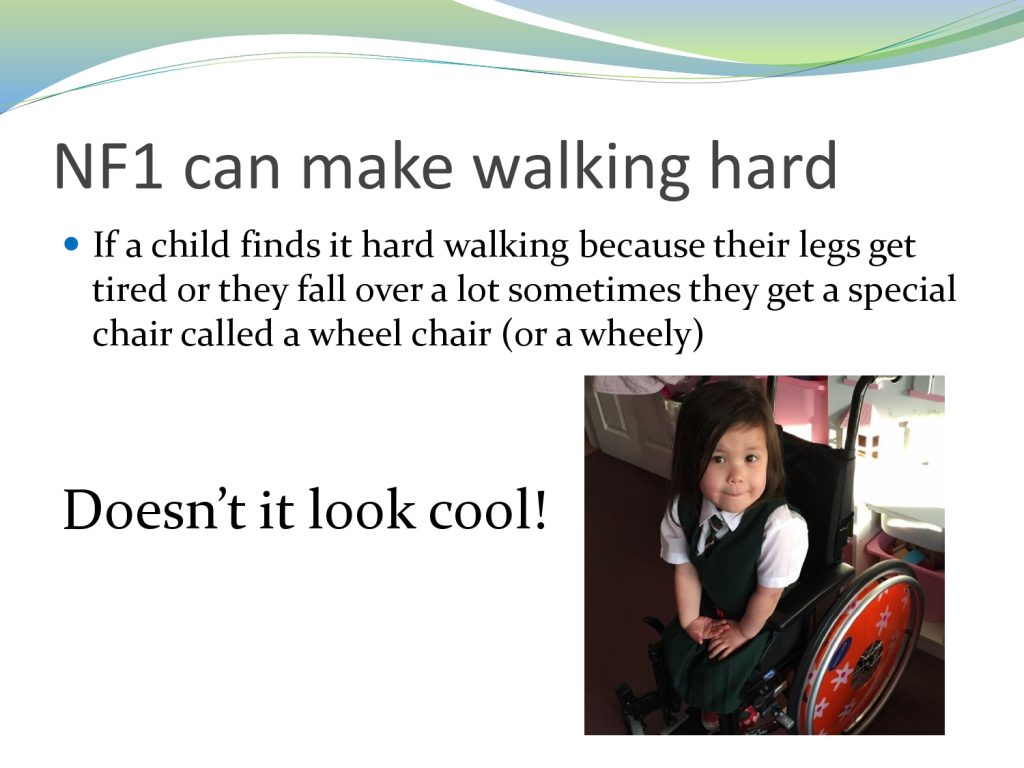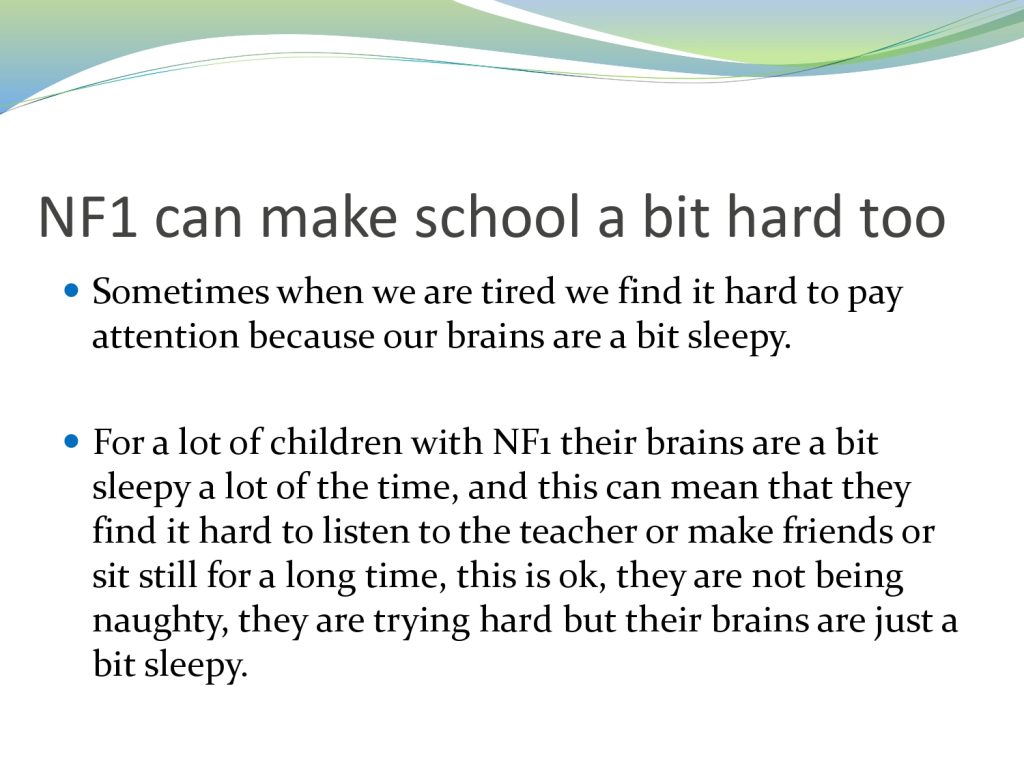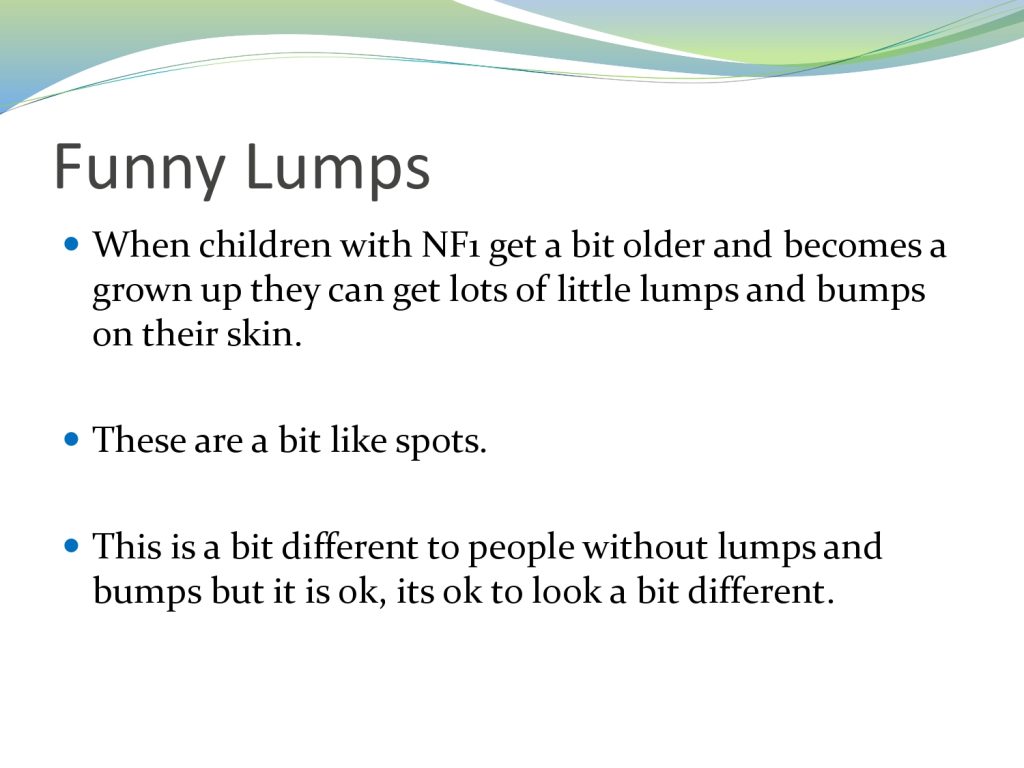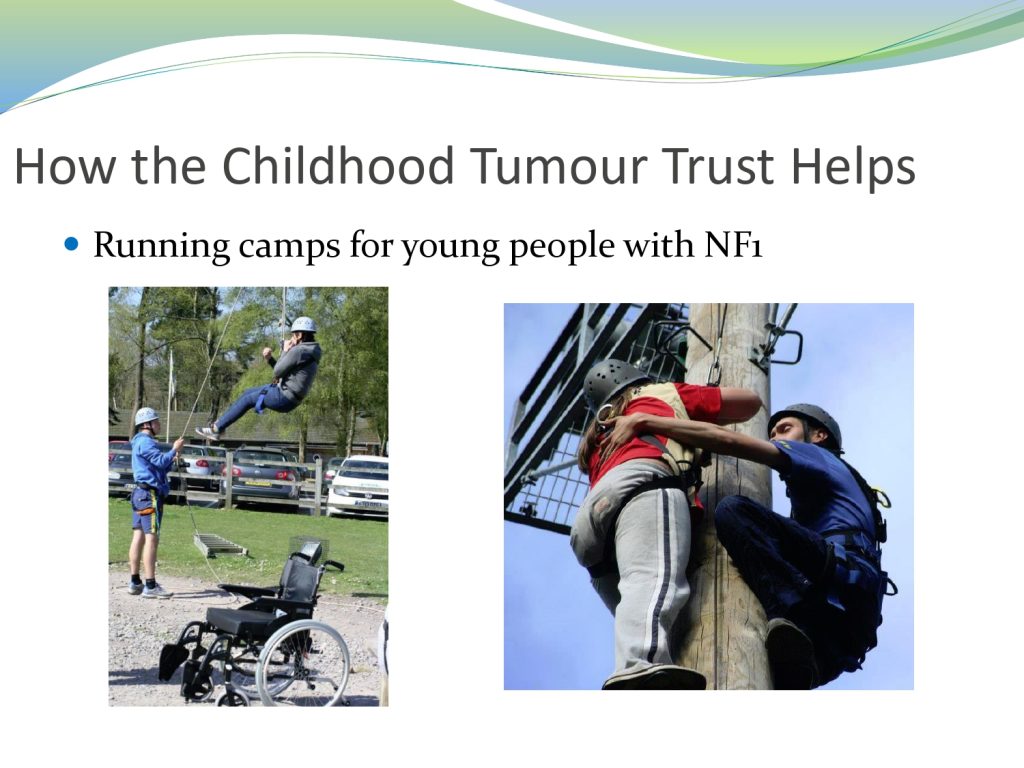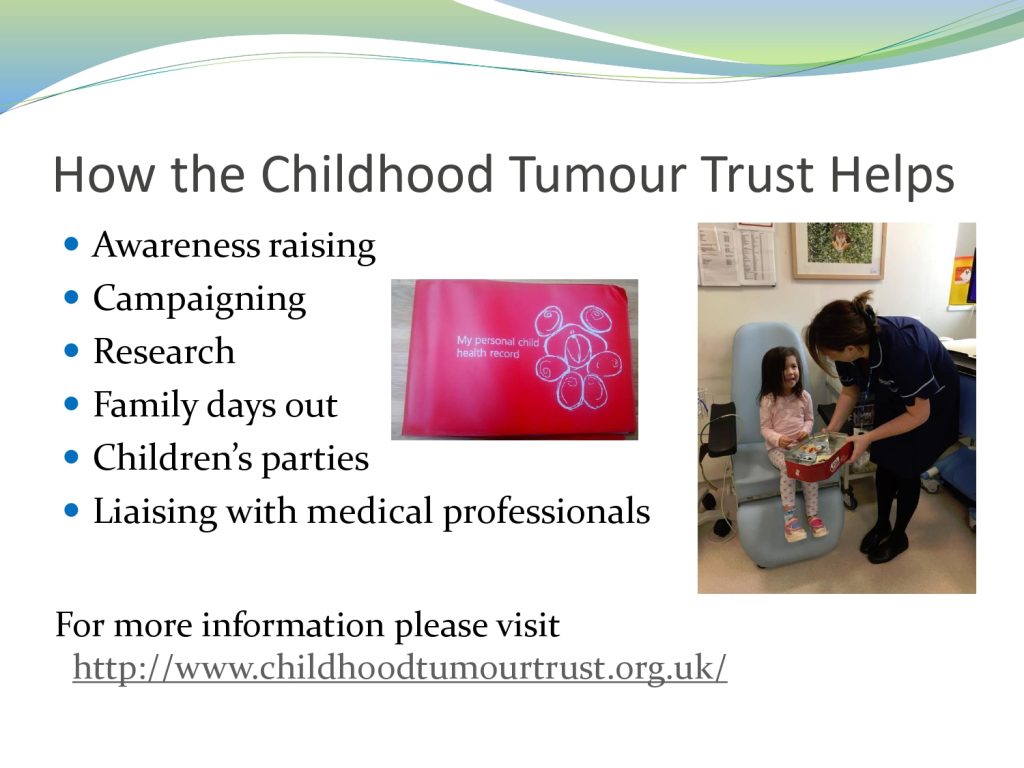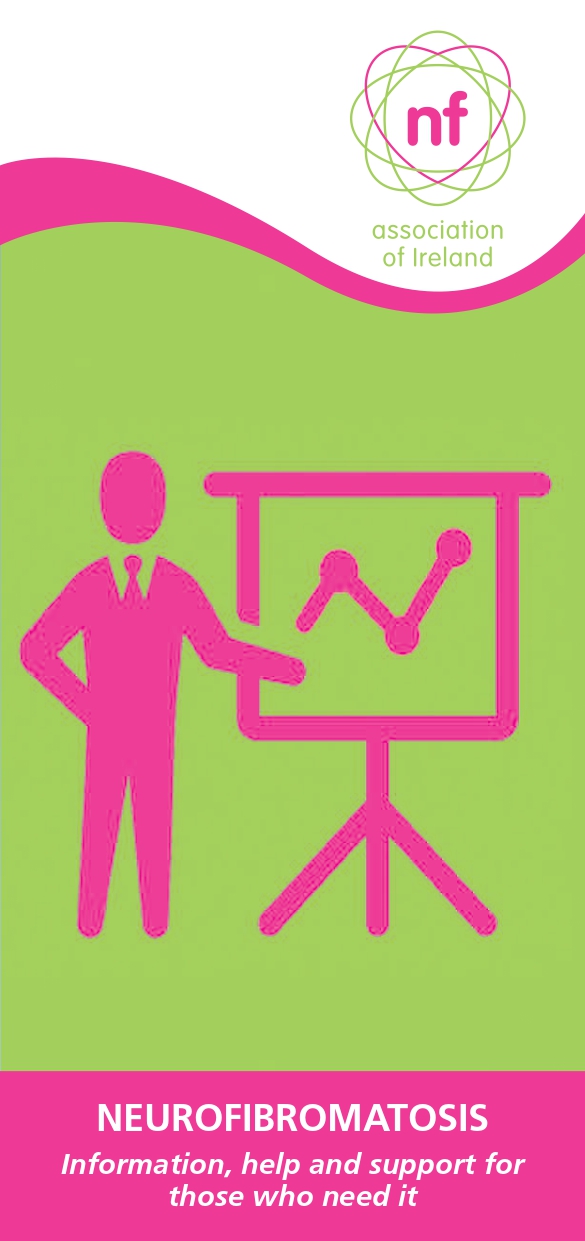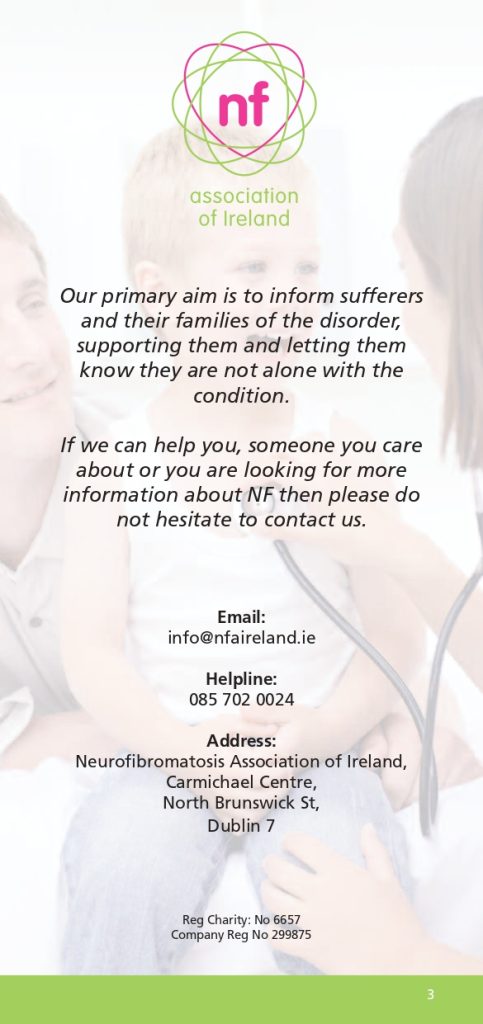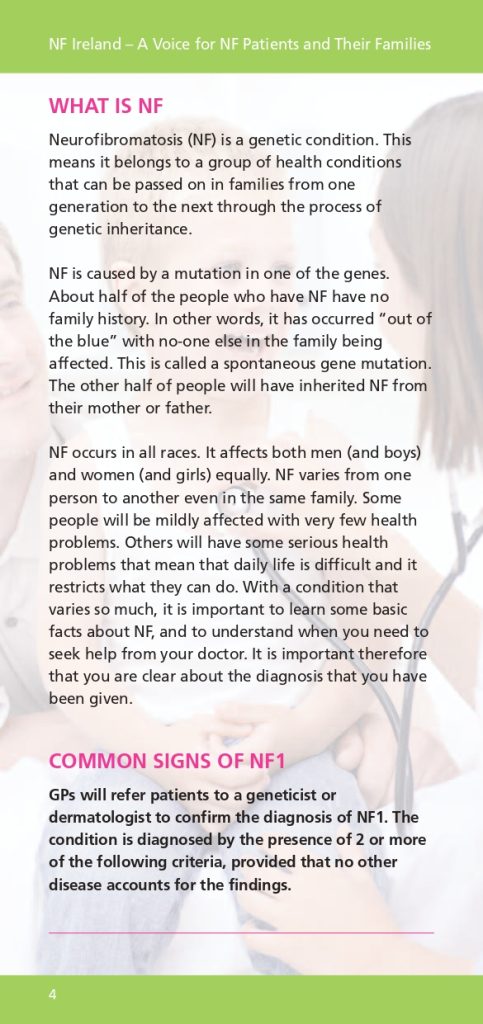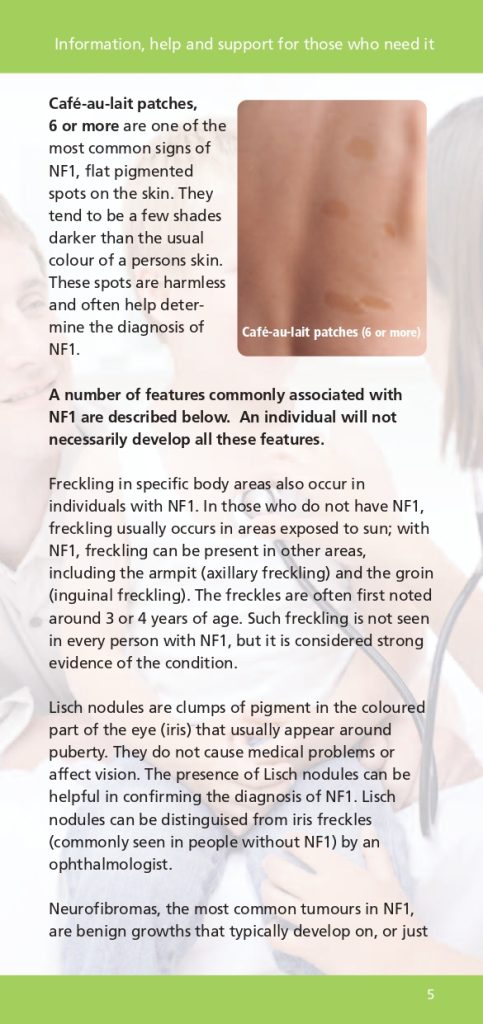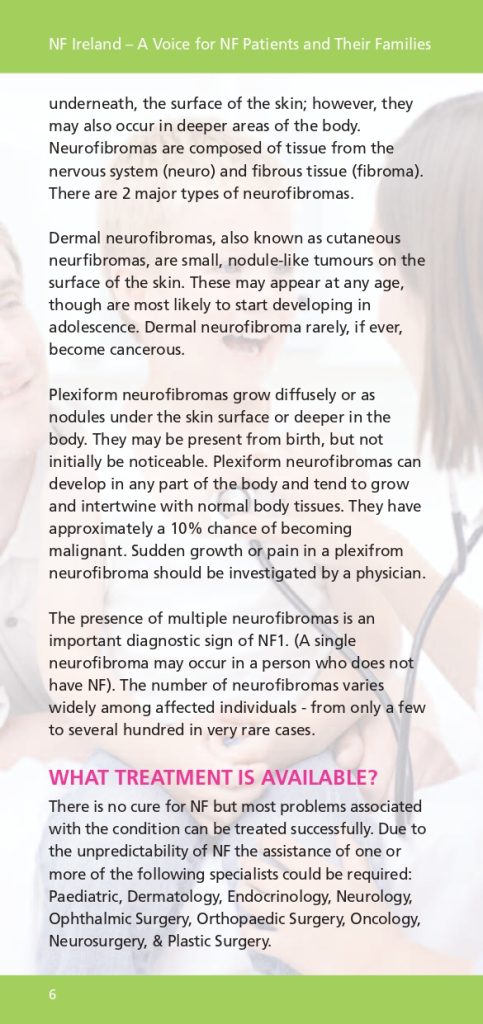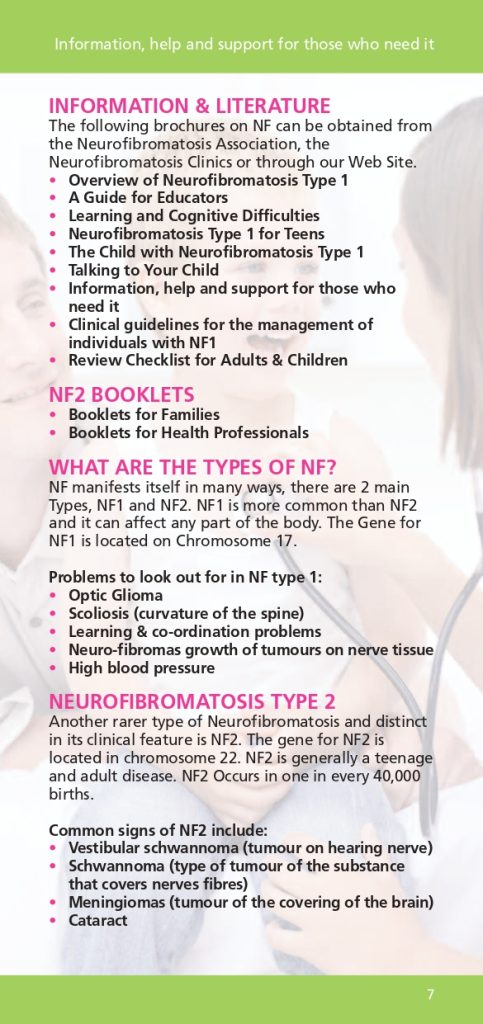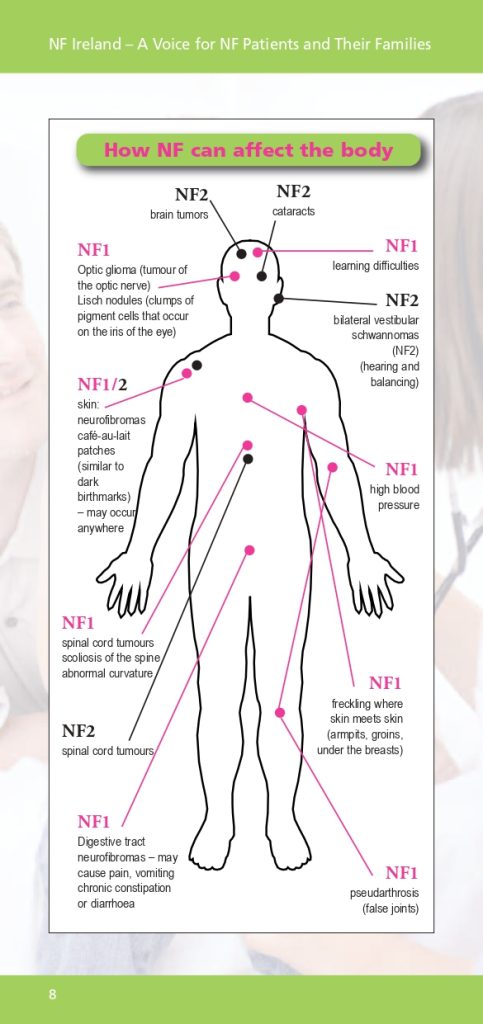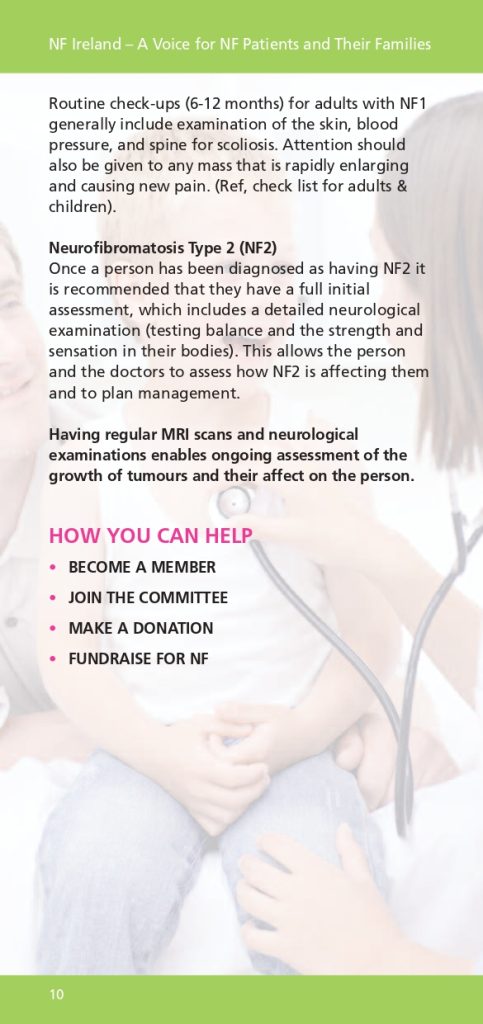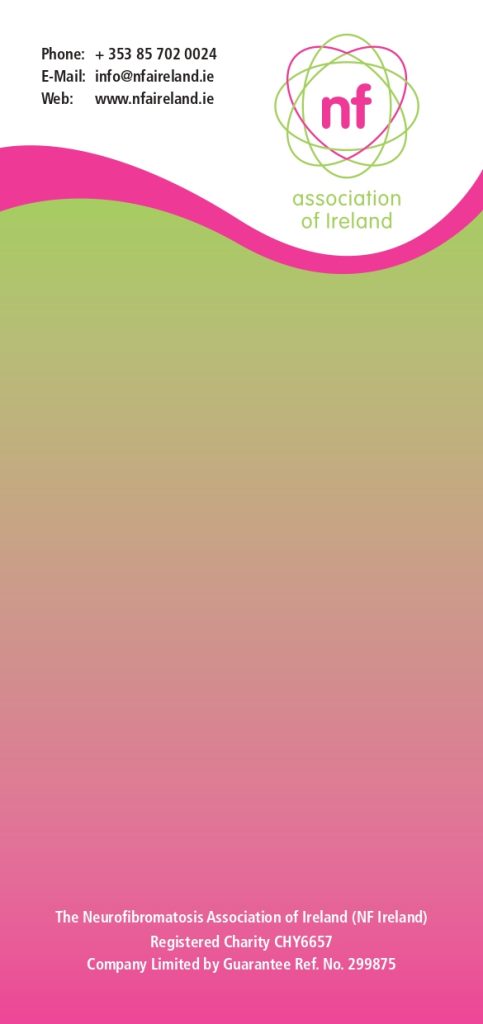The International world patient alliance appointed Yasser daoudian, chief of the board of Directors of the Rare Diseases Foundation of Iran, as a member of the Advisory Board of this organization. This organization is made up of patients and patient advocacy organizations around the world and aims to ensure all patients have access to safe, high quality and affordable healthcare in the world. The union has been trying to present the latest achievements in medical science by holding scientific seminars and conferences. It also holds meetings with specialists and leaders of NGOs to access new medical knowledge and uses their experience to improve the conditions of patients in all parts of the world. The rare foundation of Iran hopes that interactions with international societies will reduce the number of patients and rare diseases in the world and provide new treatment facilities for rare patients by updating information about rare diseases and proper communication with the world’s medical societies.
The Lancet Neurology: The impact of climate change on rare patients
In an Editorial,
1
The Lancet Neurology highlights the importance of high-quality health-care
service initiatives, their standardisation, and their transnational evolution for
people with rare diseases. The activism of affected communities themselves,
and the broader value of improved services for rare diseases, as well as more
prevalent conditions, are key aspects of these developments. For many
people with rare neurological diseases, especially those of congenital or early
onset, accompanying comorbidities—such as intellectual, autism spectrum,
and psychiatric disorders—can add to the disease burden. Comprehensive
health care for rare diseases typically requires coordinated action from many
health and social care agencies, with current European Reference Networks
providing standards and guidance.
However, these essential efforts miss a crucial consideration. Across the
European Reference Networks—and indeed in national plans, such as the UK
Rare Diseases Framework—climate change is not mentioned. Anthropogenic
climate change is an enormous worldwide challenge to human health and the
operation of health-care systems, which are themselves major greenhouse
gas emitters. But in influential publications about the effects of climate change
on health care, rare diseases do not feature.
2
Yet climate change will have important, even life-threatening, consequences
for rare diseases. Recognising these concerns, rare disease charities met at
the UK Epilepsy Society in March, 2024, to discuss the effects of climate
change. Representatives of rare disease groups spoke of the concerns they
already have about the effects of climate change. Because of widespread
perceptions that health-care professionals have little influence in this area
(“what can you do about the weather, doc?”), patients, families, and carers
might not voice their concerns to health-care professionals; however, the
problems are real and are happening now.
Rare diseases commonly compromise resilience to change. For people with
ectodermal dysplasias or temperature-sensitive rare epilepsies, for example,
hot weather has always been a challenge, which is now magnified by
heatwaves—the severity and intensity of which are increasing with climate
change. Some rare neurological diseases impair thermoregulation, as can
treatments—such as antipsychotic agents or carbonic anhydrase inhibitors—
that are used in such conditions. Additionally, climate change-related adverse
weather events and unusual, unseasonal temperature fluctuation could
aggravate rare diseases, for example by disturbing sleep or disrupting therapy
supply chains. Weather-health alerts are not tailored to those with rare
diseases and could be meaningless if the necessary responses are
unfeasible.
Although rare diseases are already burdensome to the people who have
them, their care network, and health-care services, we cannot ignore the new,
superadded threats from climate change: rare disease research and
management must happen in the context of climate change. Many immediate
actions are possible to help to protect those with rare diseases, such as
informing carers of particular risks associated with a given condition and
following governmental guidance on simple measures, such as avoiding going
outdoors during the hottest hours of the day.
3
Moreover, people with more prevalent conditions can learn from adaptations
that are already used by those with rare diseases as a result of their
experience with environmental challenges. Action is needed now and must
include climate considerations as part of health-care support for people with
rare diseases.
DP is the founder and CEO of the Ectodermal Dysplasia Society. AM has received funding
support from the Engineering and Physical Sciences Research Council, the Natural Environment
Research Council, and the National Institute for Health and Care Research; has consulted for the
Department for Energy Security and Net Zero; and has received honoraria from Elsevier and
Tsinghua University (Beijing, China). CP is an employee of the Epilepsy Society. AM and SMS
received institutional funding for work related to this article from the UCL Grand Challenges
Climate Crisis Special Initiative (award number 156425). SMS received funding from the
National Brain Appeal Innovation Fund.
https://www.thelancet.com/journals/laneur/article/PIIS1474-4422(24)00333-8
The 4TH volume of the Atlas of rare diseases of Iran has been published
The 4TH volume of the Atlas of rare diseases of Iran has been published. The Atlas, which was accomplished with the research of the group of the scientific-research council and the Medical Commission of the foundation of rare diseases of Iran, has examined rare diseases in this field as brain and neurological diseases.
The current Atlas will be made available to scientific centers, researchers, medical students and others in order to obtain the necessary information in the field related to its topic.
It is worth mentioning that the foundation for rare diseases of Iran has previously published the Atlas of rare diseases of Iran in the fields of: rare internal diseases, rare genetic and congenital diseases, as well as rare metabolic diseases.
Other important research projects of the Rare Diseases Foundation of Iran include of publishing the first color Atlas of the Rare Diseases at the international scientific level which was made available to the public in 1391
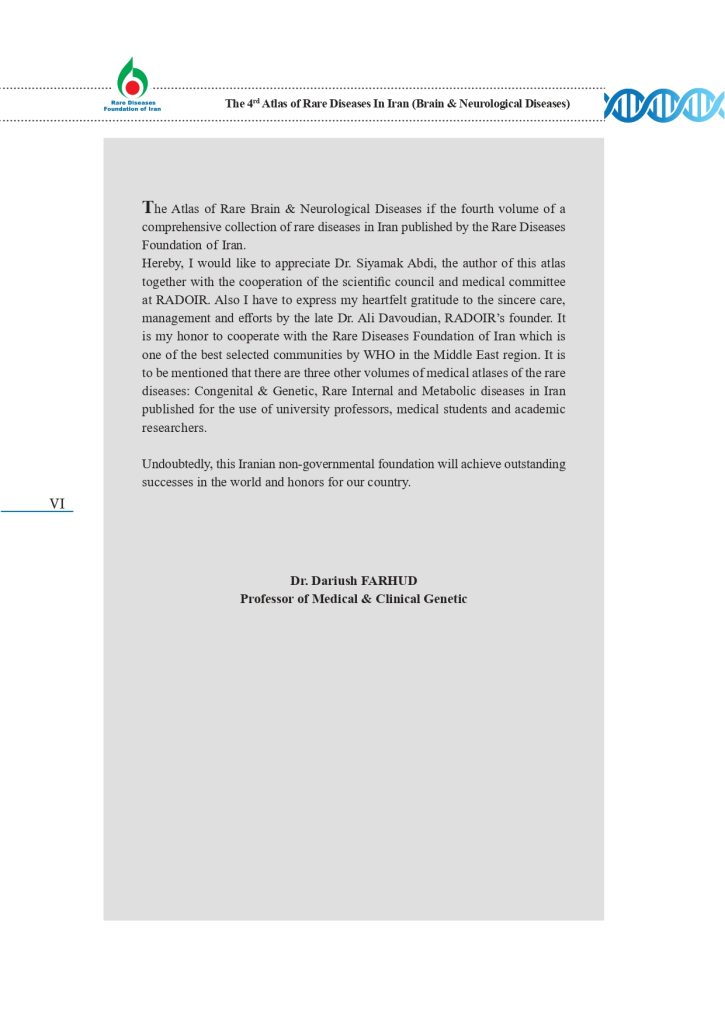
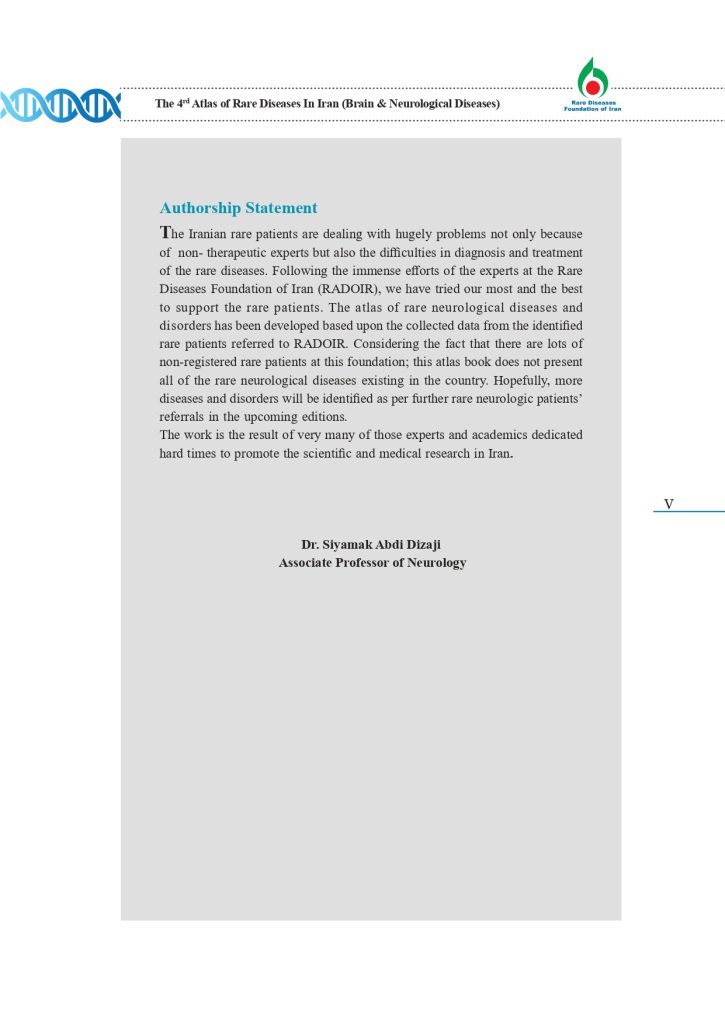
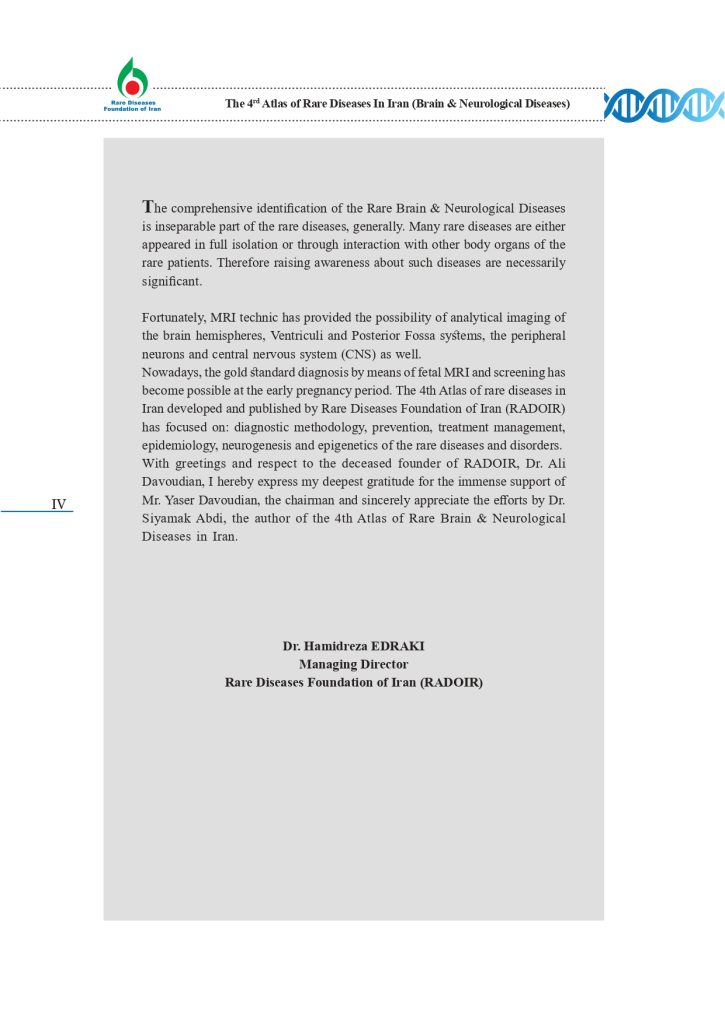
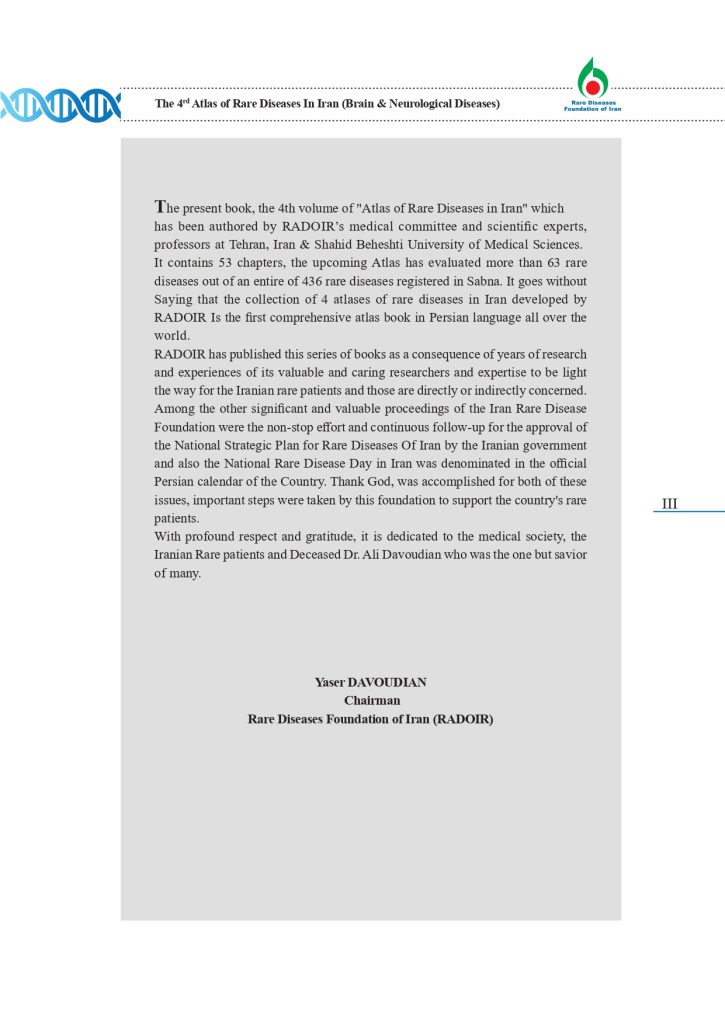

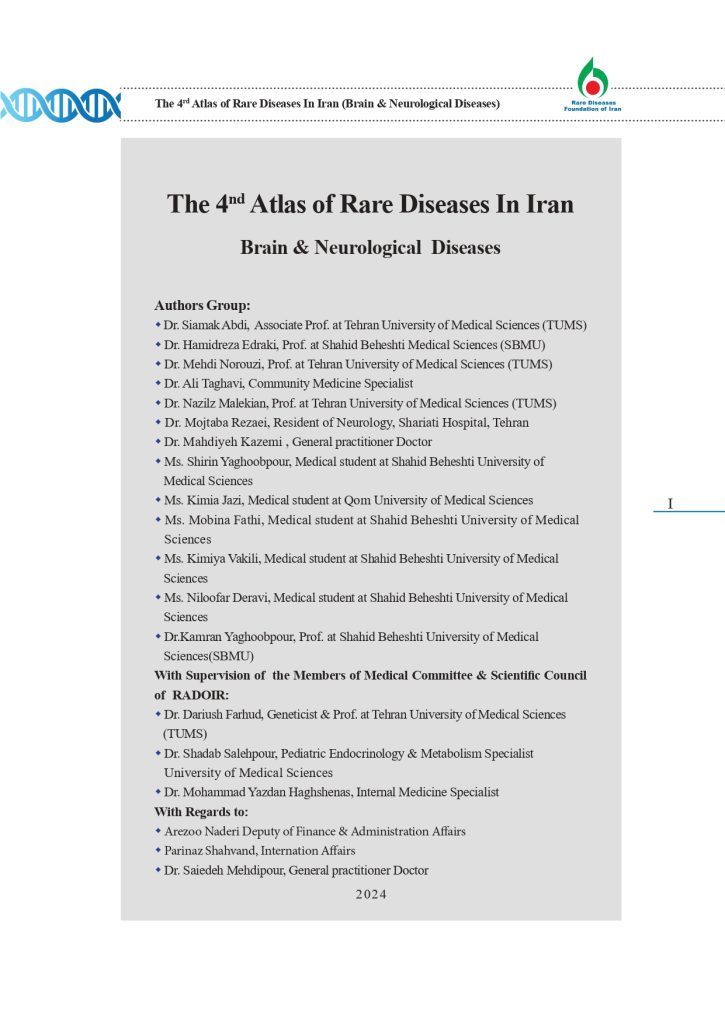
What is a Rare Disease?
- By Dr. Priyom Bose, Ph.D.Reviewed by Emily Henderson, B.Sc.
Any unusual life-altering complication of the human body affecting a small number of people is classified as a rare disease (RD). These diseases are complex and possess a significant challenge both in terms of diagnosis and management. The field of rare diseases is constantly evolving.
A plethora of rare conditions are constantly being added to the already existing pool of rare complications. Due to this, clinicians and researchers across the globe are working tirelessly to create better management and therapeutic approaches for the patients.
Image Credit: valiantsin suprunovich/Shutterstock.com
Rare Disease (Looking Deeper)
Compared to the innumerable number of patients affected by prevalent diseases like diabetes, heart diseases, etc., a rare disease has a limited number of patients. So far, about 5000-8000 unique, rare diseases have been described. Rare diseases affect approximately 400 to 700 million individuals globally, making them a global healthcare issue.
An RD affects around 60 million individuals in the United States and the European Union. The number of RDs is currently estimated to be in the thousands. These conditions are frequently significant, harm one’s quality of life, and can even be fatal. Most RDs have a genetic component, with 72–80 % of these disorders having a gene or genes identified.
They are usually defined by their low frequency, measured in terms of prevalence or incidence within a country or geographical region. In the medical literature, five novels RDs are characterized on average every week. According to a global study of RD terminology, 58% of definitions contained a prevalence criterion, with a global average of 40 cases per 100,000 persons.
According to the European Medicines Agency or EMA, rare diseases can be described as a medical condition with a prevalence of fewer than 5 patients in 10,000 people. The research and clinical development surrounding rare diseases are escalating at a positive rate. However, there is a lot more to explore and understand.
The Various Challenges
RDs encompass a wide range of disorders and clinical manifestations, however, the vast majority of RDs afflict children and are chronic and life-threatening. The majority of rare diseases aren’t curable, with only a few having efficient available therapies. The recognition and diagnosis of RDs present several interrelated issues. They significantly impact the quality of epidemiologic and clinical investigations and complicate the definition of unmet patient requirements, safety, possible efficacy, effectiveness, and value of RD treatments.
Inadequate awareness and knowledge of RDs can lead to misdiagnosis and a delay in receiving a definitive diagnosis. Patients who are unfamiliar with relevant signs and symptoms may fail to seek medical help when necessary. Similarly, professionals may misdiagnose the disease or mistake symptoms for those of more frequent diseases with which they are more familiar. The comparability of data from epidemiologic and clinical investigations may be significantly limited if we don’t fully grasp the disease and its cause.
Heterogeneity in pathogenesis, presentation of signs and symptoms, disease severity, and development might make it difficult to characterize a rare disease in clinical research and detect it in ordinary clinical practice, leading to misdiagnosis and underestimating of genuine disease frequency.
In patients with pathognomic clinical characteristics, diagnosing an RD may be simple. Diagnostic certainty, on the other hand, might be a challenge due to the variety of many RDs and the difficulty in correctly interpreting sophisticated investigative testing methods.
Biotechnology eBook Compilation of the top interviews, articles, and news in the last year.
Misdiagnoses are widespread as a result of the aforementioned issues, which can lead to ineffective therapy. Such medication may not only cause adverse effects, but it may also hide signs of the underlying problem, delaying the accurate diagnosis and beginning of suitable treatment even longer. An RD’s occurrence varies by geography and country, ranging from dense clustering in certain areas to vast distribution in others. In the situation of prevalence heterogeneity, prevalence statistics from epidemiologic studies undertaken in a specific region may be incorrectly extrapolated to larger geography.
Overcoming the hurdles
Rare disease research has received a great deal of attention in recent decades. It is primarily due to legislation designed to make it easier for patients to have access to effective treatments by rewarding pharmaceutical and biotechnology companies to develop novel medications that would otherwise be unprofitable. In the field of rare diseases, there has also been a remarkable increase in social awareness and worldwide connectedness. Several groups are forming to provide information to the general public and to educate them about uncommon diseases.
As a result, governments all over the world have realized the importance of enacting laws and regulations to encourage the development of new and novel technology for the treatment of RDs. The detection of RDs has improved due to advancements in molecular genetics, disease pathophysiology, and medical technology. They’ve also aided researchers in figuring out how to improve the diagnosis, prognosis, treatment for rare diseases and precisely subclassify common diseases into groups of RDs with different characteristics.
Patient Registries for Rare Diseases: A Goldmine
Patient registries are a valuable instrument in the field of rare diseases (RD) that aids clinical research, promotes the development of appropriate clinical trials, improves patient care, and supports healthcare administration. They create a critical information infrastructure that supports the work of European Reference Networks (ERNs) on rare diseases.
There has been a significant expansion of RD registries in recent years, necessitating the development of guidance for the basic requirements, recommendations, and standards required to maintain a high-quality registry. Several such registries have been formed in recent years including, the Registry for Neuromuscular Disease, Central Registry of Rare Diseases (CRRD), Ataxia-Telangiectasia International Registry, EHDN: registry of juvenile Huntington’s disease, and EUROCARE CF: European cystic fibrosis registry.
The Rare Diseases Registry Program (RaDaR) website was developed in 2021 by NCATS to give the rare disease community free and easily available instructions on how to set up and manage high-quality registries. RaDaR will be a dynamic website. In a staged approach, NCATS staff will continue to add new instructions, best practices, testimonials, and other resources from the rare disease community to the site. Although the researchers exploring the area of rare diseases have achieved significantly, we still have a long road ahead of us.
References:
- Navarrete-Opazo, A. A., Singh, M., Tisdale, A., Cutillo, C. M., & Garrison, S. R. (2021). Can you hear us now? The impact of health-care utilization by rare disease patients in the United States. Genetics in medicine: official journal of the American College of Medical Genetics, 23(11), 2194–2201. https://doi.org/10.1038/s41436-021-01241-7
- Nestler-Parr, S., Korchagina, D., Toumi, M., Pashos, C. L., Blanchette, C., Molsen, E., Morel, T., Simoens, S., Kaló, Z., Gatermann, R., & Redekop, W. (2018). Challenges in Research and Health Technology Assessment of Rare Disease Technologies: Report of the ISPOR Rare Disease Special Interest Group. Value in health: the journal of the International Society for Pharmacoeconomics and Outcomes Research, 21(5), 493–500. https://doi.org/10.1016/j.jval.2018.03.004
- Kodra, Y., Weinbach, J., Posada-de-la-Paz, M., Coi, A., Lemonnier, S. L., van Enckevort, D., Roos, M., Jacobsen, A., Cornet, R., Ahmed, S. F., Bros-Facer, V., Popa, V., Van Meel, M., Renault, D., von Gizycki, R., Santoro, M., Landais, P., Torreri, P., Carta, C., Mascalzoni, D., … Taruscio, D. (2018). Recommendations for Improving the Quality of Rare Disease Registries. International journal of environmental research and public health, 15(8), 1644. https://doi.org/10.3390/ijerph15081644
- Richter, T., Nestler-Parr, S., Babela, R., Khan, Z. M., Tesoro, T., Molsen, E., Hughes, D. A., & International Society for Pharmacoeconomics and Outcomes Research Rare Disease Special Interest Group (2015). Rare Disease Terminology and Definitions-A Systematic Global Review: Report of the ISPOR Rare Disease Special Interest Group. Value in healt : the journal of the International Society for Pharmacoeconomics and Outcomes Research, 18(6), 906–914. https://doi.org/10.1016/j.jval.2015.05.008
- Griggs, R. C., Batshaw, M., Dunkle, M., Gopal-Srivastava, R., Kaye, E., Krischer, J., Nguyen, T., Paulus, K., Merkel, P. A., & Rare Diseases Clinical Research Network (2009). Clinical research for rare disease: opportunities, challenges, and solutions. Molecular genetics and metabolism, 96(1), 20–26. https://doi.org/10.1016/j.ymgme.2008.10.003
- RaDaR. [Online] National Center for Advancing Translational Sciences. Available at: https://ncats.nih.gov/radar
Last Updated: Feb 15, 2022
UB research identifies key mechanism in infantile cystinosis
University at Buffalo research has identified how a misstep in the genesis of a key component of the kidney causes infantile cystinosis, a rare disease that significantly shortens the lifespan of patients. Published Nov. 30 in the International Journal of Molecular Sciences, the work reveals that the mechanisms that cause the disease could be addressed and potentially cured through the genome-editing technique CRISPR. That could make kidney transplants, the most effective treatment currently available for these patients, unnecessary.
Infantile cystinosis, the most common and most severe type of cystinosis, occurs as the result of an accumulation in the body’s cells of cystine, an amino acid. The buildup damages cells throughout the body, especially the kidneys and the eyes. Treatment consists of medications that work to lower the level of cystine in the body, as well as therapies that address the impaired growth of these children due to the inability to properly absorb nutrients. Some children require feeding tubes. Eventually, patients with infantile cystinosis, also called nephropathic cystinosis, will require dialysis and a kidney transplant.
Promise of stem cells
Human-induced pluripotent stem cells (hiPSCs) are stem cells that can differentiate into many different cell types. They hold tremendous potential for studying genetic diseases; the drawback has been that differentiation into certain cell types has been problematic. Such is the case with many cell types found in the kidney.
But a new protocol developed by this research team was successful.
Ramkumar Thiyagarajan, PhD, assistant professor of geriatric studies at the University of Kansas and formerly a postdoctoral fellow at UB, is first author on the paper.
The protocol involved extracting stem cells from a healthy individual and an individual with infantile cystinosis. The researchers developed a culture medium to grow stem cells that included a small number of defined components present in blood, including insulin, specific proteins, growth factors and others. “Conducting the differentiation protocol under these conditions occurred in a timely manner,” says Taub, “we didn’t have to wait for weeks on end, and it occurred in a reproducible manner.”
The researchers were able to efficiently differentiate the hiPSCs into the kidney proximal tubule, the type of nephron in the kidney that is impaired in infantile cystinosis, as well as in other kidney diseases.
“Unlike in other studies, we were able to retain a number of markers in the tubule that are physiologically important in the kidney’s reabsorptive functions,” says Taub. “Although these markers were expressed in both the normal and the cystinosis-derived hiPSCs, the genesis of the tubule was impaired in the cystinosis-derived cells, mimicking what happens in infantile cystinosis.”
A potential cure
That finding means that the CRISPR genome-editing technique could be used to repair the defective genome and potentially cure the disease. “The normal gene can be introduced in the genome of cystinotic hiPSCs, which can then be injected in the kidney to replace the defective proximal tubules of individuals with infantile cystinosis,” Taub says.
“In cystinotic individuals, it is the renal proximal tubule that degenerates, presumably due to programmed cell death,” explains Taub, “so the entire kidney would not need to be replaced. The defective renal proximal tubules of individuals with this disease can be replaced with normal tubules following the introduction of the normal gene into cystinotic hiPSCs obtained from the patient. And because these tubules are from cells derived from the patient, there should be no problem with tissue rejection.”
The findings are applicable to other kidney diseases where the renal proximal tubule is damaged, including acute kidney injury that can lead to chronic kidney disease and renal failure, and can be fatal.
Initial studies will need to be conducted with animal models as well as with in vitro tissue culture cells.
The research was funded by UB’s WNYSTEM and The Cystinosis Research Foundation.
Source:
Journal reference:
Thiyagarajan, R & Taub, M. (2023). Studies with Human-Induced Pluripotent Stem Cells Reveal That CTNS Mutations Can Alter Renal Proximal Tubule Differentiation. International Journal of Molecular Sciences.











